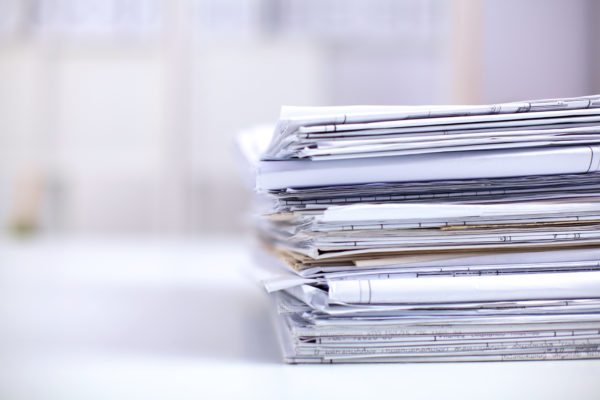If you have cleaned out an attic, you’ve probably run across a box of forgotten treasures. I remember some years ago when my mom sold the house I grew up in, she found a copy of the very first short story I wrote in the fourth grade, which was a finalist in my county’s young authors contest, and some other school papers written in my child’s scrawl.
Other times, that trove of forgotten treasures is so overwhelming, the thought of beginning to sift through everything seems impossible. Even though you know there are valuable things there, it’s easier to shut the door to the attic and tell yourself you’ll do it another time.
Now imagine that those boxes in the attic contain information about one of the biggest events of the past century and have been locked away for 50 years. That’s what researchers faced this past month when the National Archives released nearly 30,000 documents related to the JFK Assassination.
You don’t have to be a historian to understand the excitement this brings – the questions surrounding the assassination of John F. Kennedy have continued across each generation since November 22, 1963. What did the CIA and FBI know about Lee Harvey Oswald? Why was he in Mexico City weeks before the shooting, and what were his connections to Russia and Cuba? What do statements, classified until now, from people like Jackie Kennedy and mafia bosses reveal? The problem is, most of the files are documents and photos imaged into single PDF files which had to be gone through individually using only the table of metadata provided by the National Archives.
This is where Ian Campbell, CEO of iCONECT (an ACEDS affiliate) saved the day. As he said in a recent interview, “I figured, we have a technology that provides multi-party access to confidential information every day. Why not make this easier for everyone?” iCONECT imported the PDF files, OCR’d them and built a search index where the data could be searched using a keyword, date, document-type, agency, or to/from fielded data and viewed (or listened to in the case of audio files) within the platform. If only someone would come to your attic and do this!
It is also important to note the speed at which iCONECT loaded, cleaned, and indexed the documents (including audio and video), and that they made it freely available to the general public. They also solved scaling and training issues that have challenged our community in a weekend, and are using the feedback to improve their product.
Other e-discovery companies (such as ACEDS affiliate Logikcull) are also making the JFK archives freely available using their software solutions as well.
Whether you are interested in JFK or not, the technical aspects of data management, collection, and production regarding the archive will be of interest to anyone working in the world of e-discovery. That’s why the ACEDS Educational Series is hosting the pre-recorded webinar, 5 Things We Learned by Hosting the JFK Documents, featuring Ian Campbell, on Friday December 15th, at 1pm EST. This webcast was originally presented on E-Discovery Day and is back by popular demand. Request your FREE access to the files prior to Friday’s webinar here. This is something you won’t want to miss.
